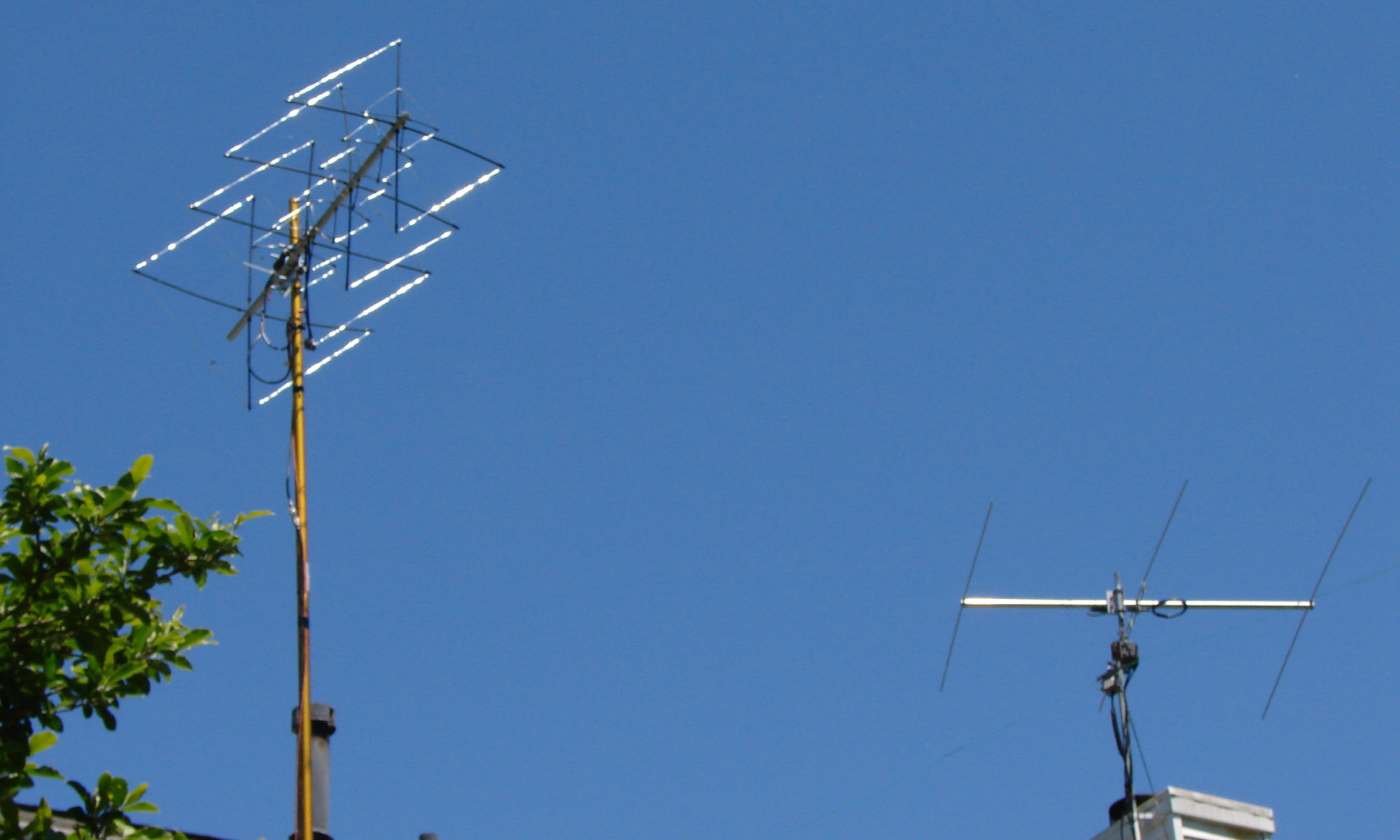A summary of radiosport topics for the casual contester
March was bookended by two popular contests, the ARRL International DX Contest (SSB) and the CQ Worldwide WPX SSB contest. The WPX is a unique contest in that the prefixes of the stations you work are the multipliers, and full time operators can score in the millions because there’s an unlimited supply of prefixes and many, if not most, that you will work are new ones. I got on for just a few minutes at the beginning and the end, and by the end I was still a multiplier (NF8) for the stations I searched-and-pounced. If you missed the WPX fun, the CW running is the last full weekend of May.
April continues the succession of state QSO parties, popular events with casual contesters, particularly in the target states. It kicks off with Louisiana, Mississippi and Missouri April 2-3, New Mexico, Nebraska, Georgia and North Carolina April 9-10, Michigan, Ontario and Quebec April 16-17, and Florida April 30.
Note that the Michigan QSO Party rules have been changed a bit; notably, the exchange no longer requires a serial number; a signal report is sent instead along with the county (in state) or state/province/DX (elsewhere). The MIQP website has been redesigned and allows you to print a certificate for each of your entries up to 2021. Visit miqp.org for the rule changes and other updates, and get the full list of contests in WA7BNM’s Contest Calendar.
Contest University
After a two-year hiatus, Contest University is on again. Held each year (normally) on the day before the start of the Dayton Hamvention, CTU brings together top contest operators from around the country and the world to present classes on contesting topics. There are subjects of interest to every level of contester. This year’s menu includes basic operating, antennas for Cycle 25, grounding and bonding, contest station building, low-band receiving antennas, RTTY and digital contesting, USB and serial interfaces, youth contesting, remote operation… the list goes on, as well as NC0B’s annual review of lab measurements of popular amateur transceivers. Breakfast, lunch, a t-shirt, discount coupons and a textbook are all included in the modest $85 price. And you get to rub elbows and have an eyeball QSO with prominent contesters and those you’ve worked on the air. It’s on Thursday, May 19 at a new location, the Hope Hotel, near Wright-Patterson Air Force Base. Registration is open now at the Contest University website. I’ll see you there! And while I hope you plan to attend, selected sessions are live-streamed courtesy of Icom America.
A contesting tip
You might think you need to spend the big bucks to become a “big gun” in order to improve your contest performance, but there are other, less costly ways to kick it up a notch. Instead of shelling out thousands for an amplifier or a big tower, do the basic things first, like evaluate your coaxial cables. If you’re using, say, RG-58 or RG-8X, upgrading to LMR-400 or other low-loss cable will buy you maybe two or three dB (or more) on 15 or 10 meters for much less. If you’re running a vertical, lay down more radials. Many hams skip this step; others might put down four or five. Put in as many as you can (I have 40 on my 6BTV), and don’t worry about the length if they are along the ground. You still won’t be a big gun, but you’ll hear more stations and they’ll hear you better. Even a dB or two can make the difference between getting through and getting buried in a pileup.
Calendar
Rather than list this month’s events, check WA7BNM’s Contest Calendar for a complete listing.
